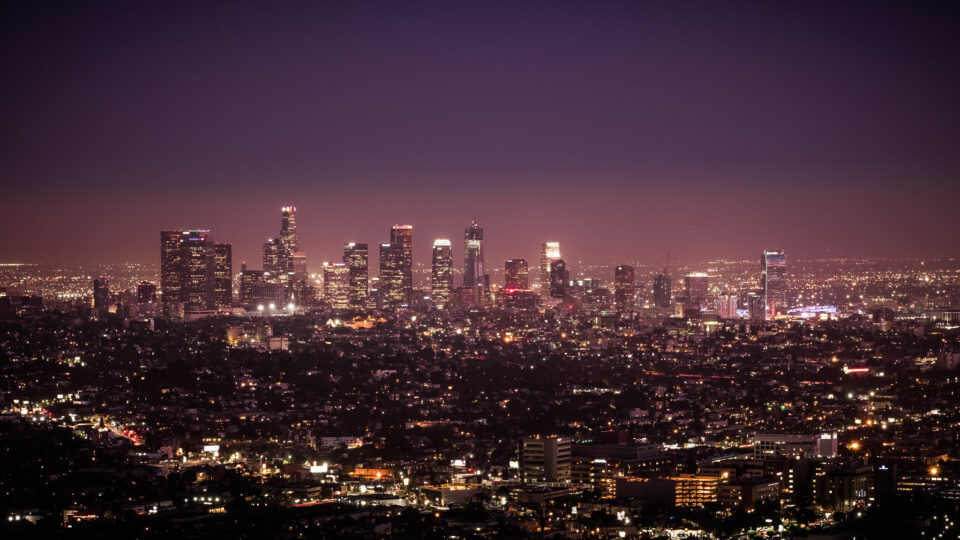Movies were not the first industry to boom in Los Angeles. Oil was. There was a lot of it, and it flowed close to the surface triggering rampant drilling all over the area. By the 1920s, Los Angeles was one of the largest oil-exporting regions in the world.
A century later, there are over 20,000 active, idle, or abandoned wells spread across LA county, home to 10 million people. Some are hidden behind facades; others are plainly visible, pumping away day and night. About a third of Angelenos live less than a mile from an active well site. In the last 20 years, improved oil extraction technology has actually led to a resurgence of oil drilling in Los Angeles.
Studies of the health impact of LA’s oil wells found that asthma is significantly more common among people living near oil wells than elsewhere in the county. Surveys of residents’ lung functions revealed lower function on average when people live near wells. Measurements of toxins in the air – such as benzene, toluene, and n-hexane – showed that levels of these substances were significantly reduced when oil production at a site stopped.
This issue has finally come to the forefront after a nearly a decade of community organizing and studies of adverse health effects. In a unanimous vote on January 26, the Los Angeles City Council took the first step toward phasing out all oil and gas extraction in the city by declaring oil extraction a nonconforming land use. The LA County Board of Supervisors voted unanimously to phase out oil extraction in unincorporated county areas. Los Angeles’ long, troubled history with urban oil drilling appears to be nearing an end.
**********
Web Links
Photo, posted March 26, 2016, courtesy of Giuseppe Milo via Flickr.
Earth Wise is a production of WAMC Northeast Public Radio.
